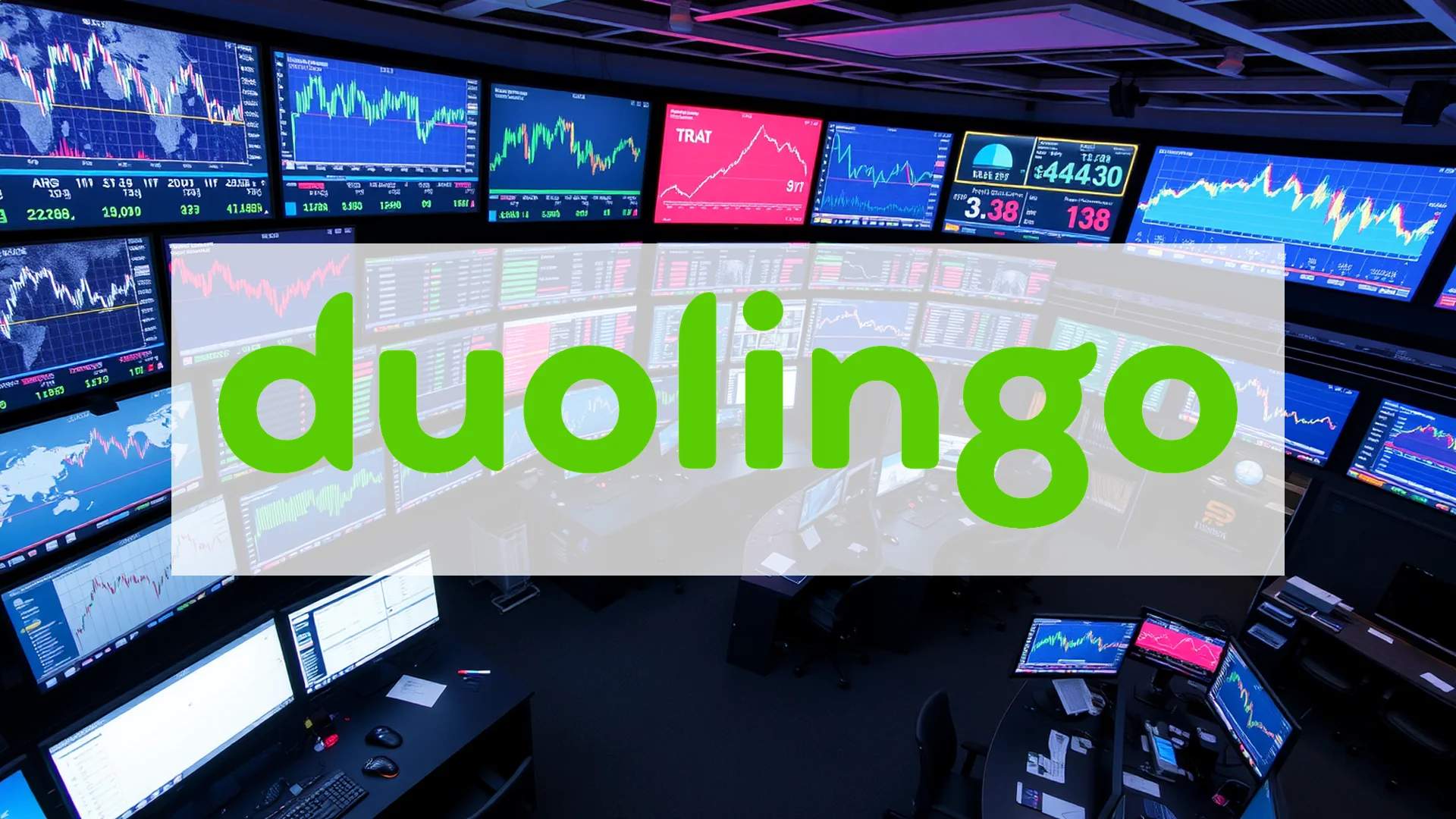The language-learning platform Duolingo, once a darling of the tech sector, is navigating a severe downturn. A disappointing quarterly forecast and significant stock sales by executives have triggered a cascade of losses, leaving investors to question whether the slide can be halted.
Executive Stock Sales Raise Eyebrows
Adding pressure to an already difficult situation, a series of top-level executives offloaded shares in mid-November. Transactions involving the Chief Business Officer, General Counsel, Chief Financial Officer, and Chief Engineering Officer occurred between November 17th and 19th.
While such sales are frequently pre-arranged for tax purposes, their timing was notably poor. Coming on the heels of a major stock price drop, these moves sent a worrying signal to a market where investor confidence was already fragile.
The Third-Quarter Report That Sparked the Sell-Off
The downturn began in earnest with the early November release of third-quarter results. Although Duolingo surpassed expectations for both revenue and earnings per share, its outlook for the fourth quarter caught Wall Street off guard. The company’s booking forecast fell short of analyst estimates, interpreted by the market as a sign that long-term growth initiatives were being prioritized over short-term profitability. This triggered an immediate and sharp decline, with the stock losing 20-25% of its value within days.
The figures tell a compelling story: despite record-breaking metrics of 50.5 million daily active users and 11.5 million paid subscribers, investor reaction to the cautious guidance was overwhelmingly negative. The faith in Duolingo’s growth narrative appears to be fundamentally shaken.
Should investors sell immediately? Or is it worth buying Duolingo Registered (A)?
Artificial Intelligence: A High-Stakes Strategy
The company’s ambitious “AI-first” strategy presents a dual-edged sword. On one hand, artificial intelligence promises highly personalized learning experiences and more efficient content creation. On the other, Duolingo has already begun replacing some contract workers with AI tools, a shift that introduces near-term operational uncertainties.
Expansions into subjects like math and chess demonstrate the platform’s potential to evolve into a broader educational hub. However, current market sentiment favors demonstrable profitability over long-term visionary projects. This cautious stance is reflected by analysts; 23 firms currently recommend a “Hold” rating, with an average price target of $340.53.
Is a Recovery Possible?
From a technical perspective, the outlook remains challenging. The share price is trading significantly below its 50-day and 200-day moving averages and has shed nearly half its value since the start of the year. The current price sits a substantial 67% below its 52-week high.
The critical question for investors is whether Duolingo can successfully balance its impressive user growth with effective monetization. Alternatively, will the stock remain subdued as the company executes its long-term vision? The upcoming quarterly earnings reports will be pivotal in determining the answer.
Ad
Duolingo Registered (A) Stock: Buy or Sell?! New Duolingo Registered (A) Analysis from November 20 delivers the answer:
The latest Duolingo Registered (A) figures speak for themselves: Urgent action needed for Duolingo Registered (A) investors. Is it worth buying or should you sell? Find out what to do now in the current free analysis from November 20.
Duolingo Registered (A): Buy or sell? Read more here...










